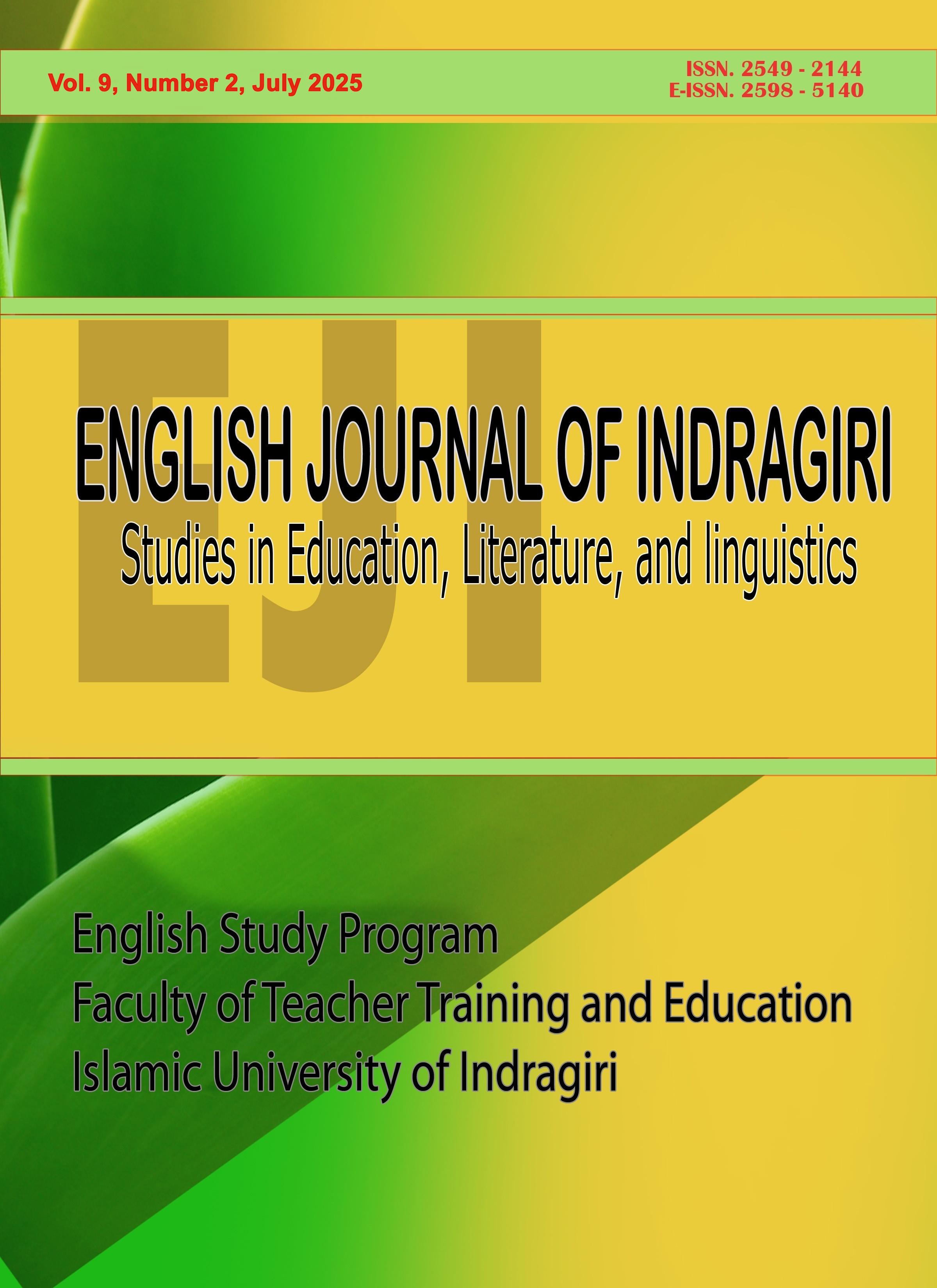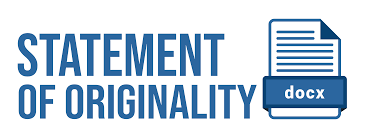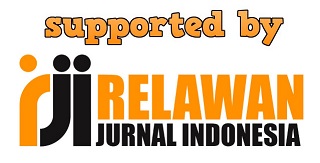Irony as Social Criticism in Instagram Comments: A Study on “Liga Korupsi Indonesia”
DOI:
https://doi.org/10.61672/eji.v9i2.3014Keywords:
Irony, Function of Irony, InstagramAbstract
Irony is often employed as a form of social criticism, particularly in online discourse. This study examines the function of irony in comments on the Instagram Reel Liga Korupsi Indonesia (LKI). This qualitative descriptive study aims to identify the various roles irny plays in user comments on the Instagram Reel “LKI” The qualitative descriptive method is appropriate as it allows an in-depth exploration of irony as a linguistic phenomenon within the context of social media interactions. In accordance with the problems in this study, the writers use theories related to the function of irony found from several articles discussing the function of irony from several perspectives. Data, ironic comment, were collected through documentation and content analysis, while triangulation was ensured through methodological and theoretical approaches. The writers identified six primary functions of irony in the comments: (a) a subtle form of criticism (12 out of 76), (b) intensifying condemnation or "salting a wound" (6 out of 76), (c) humour and social bonding (18), (d) emotion regulation (8 out of 76), (e) a persuasive tool in debate and discussion (9 out of 76), and (f) balancing praise and blame (23 out of 76). Among these, irony as a balance between praise and blame emerged as the most frequently used function, indicating that netizens prefer a diplomatic approach to criticism rather than outright confrontation. Conversely, irony employed to intensify condemnation was the least frequent, as its confrontational nature often leads to conflict and unproductive debate. The study highlights how irony serves as an effective tool for nuanced social critique in digital spaces.
References
Aliwie, A. N. A. (2024). A Pragmatic Study of Irony in Dickens’ ‘A Tale of Two Cities.’ Forum for Linguistic Studies, 6(6), 147–161. https://doi.org/10.30564/fls.v6i6.7056
Anolli, L., Ciceri, R., & Infantino, M. G. (2002). From “blame by praise” to “praise by blame”: Analysis of vocal patterns in ironic communication. International Journal of Psychology, 37(5), 266–276. https://doi.org/10.1080/00207590244000106
Gibbs Jr, R. W., & Colston, H. L. (Eds.). (2007). Irony in Language and Thought : A Cognitive Science Reader. Lawrence Erlbaum Associates.
Gibbs, R. W., Colston, H. L., Language, I., & Cogniti-, T. A. (2012). R e c e n s i o n i. APhEx, 5.
Heru, A. (2018). Gaya Bahasa Sindiran Ironi, Sinisme Dan Sarkasme Dalam Berita Utama Harian Kompas. Jurnal Pembahsi (Pembelajaran Bahasa Dan Sastra Indonesia), 8(2), 43–57. https://doi.org/10.31851/pembahsi.v8i2.2083
Juez, La. A. (n.d.). Irony and Politeness (pp. 9–16).
Kotthoff, H. (2003). Responding to irony in different contexts: On cognition in conversation. Journal of Pragmatics, 35(9), 1387–1411. https://doi.org/10.1016/S0378-2166(02)00182-0
Leech, G. N. (1983). Principles of Pragmatics. Longman Group LImited. https://doi.org/10.1007/978-3-642-74564-5_12
Lulu, P. (2019). Politeness Principle in Chinese and English Commentators ’. International Journal of English Language and Linguistics Research, 7(1), 33–46.
Madaminjonovna, G. S., & Qizi Mukhammadsodiq, S. D. (n.d.). Functions of Lexical Stylistic Devices: Irony. Synapses: Insight Across the Disciplines, 1(4), 244–250.
Miles, M. B., & Huberman, A. M. (1994). Qualitative Data Analysis (2nd ed.). Sage Publication.
Sequeiros, X. R. (2016). On Irony and Pragmatics. https://semanticsarchive.net/Archive/2Y3Y2VhZ/SequeirosXR.pdf
Walker, G. (n.d.). The role of both Grice’s cooperative principle and dramatic irony within the humour of Frasier. Lancaster University.
Wilson, D. (2006). The pragmatics of verbal irony: Echo or pretence? Lingua, 116(10), 1722–1743. https://doi.org/10.1016/j.lingua.2006.05.001
Wilson, D. (2013). Irony comprehension: A developmental perspective. Journal of Pragmatics, 59(December 2013), 40–56. https://doi.org/10.1016/j.pragma.2012.09.016
Zhang, R. (2025). A Comprehensive Study of Irony in Human Communication. 7, 122–129. https://doi.org/10.23977/jsoce.2025.070118
Downloads
Published
Issue
Section
License
Copyright (c) 2025 Giyatmi, Sihindun Arumi, Ratih Wijayava

This work is licensed under a Creative Commons Attribution 4.0 International License.




















